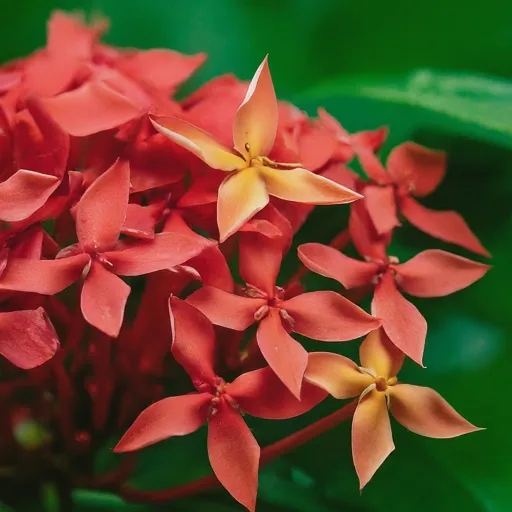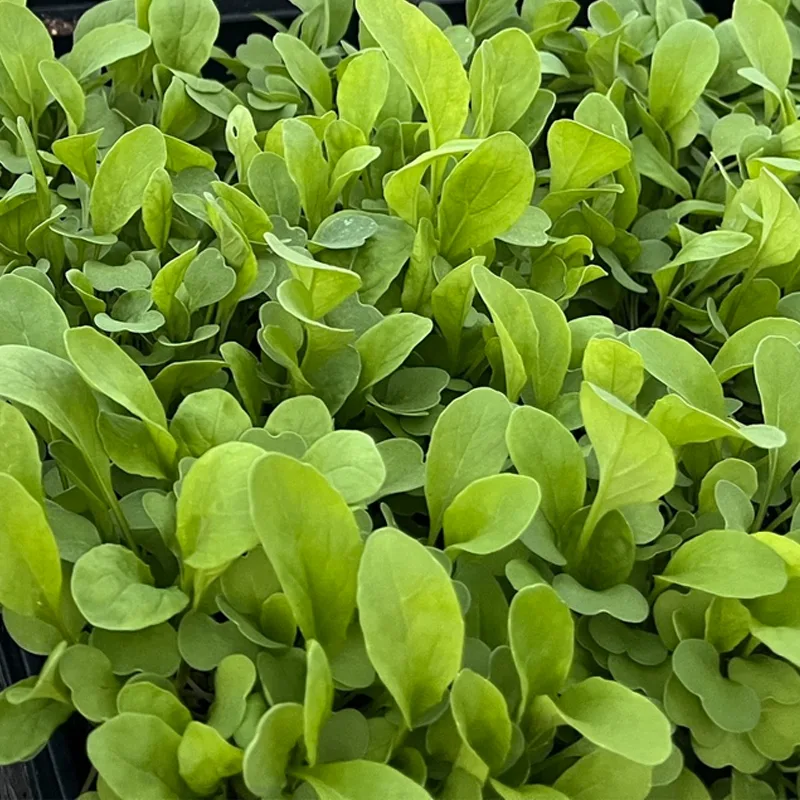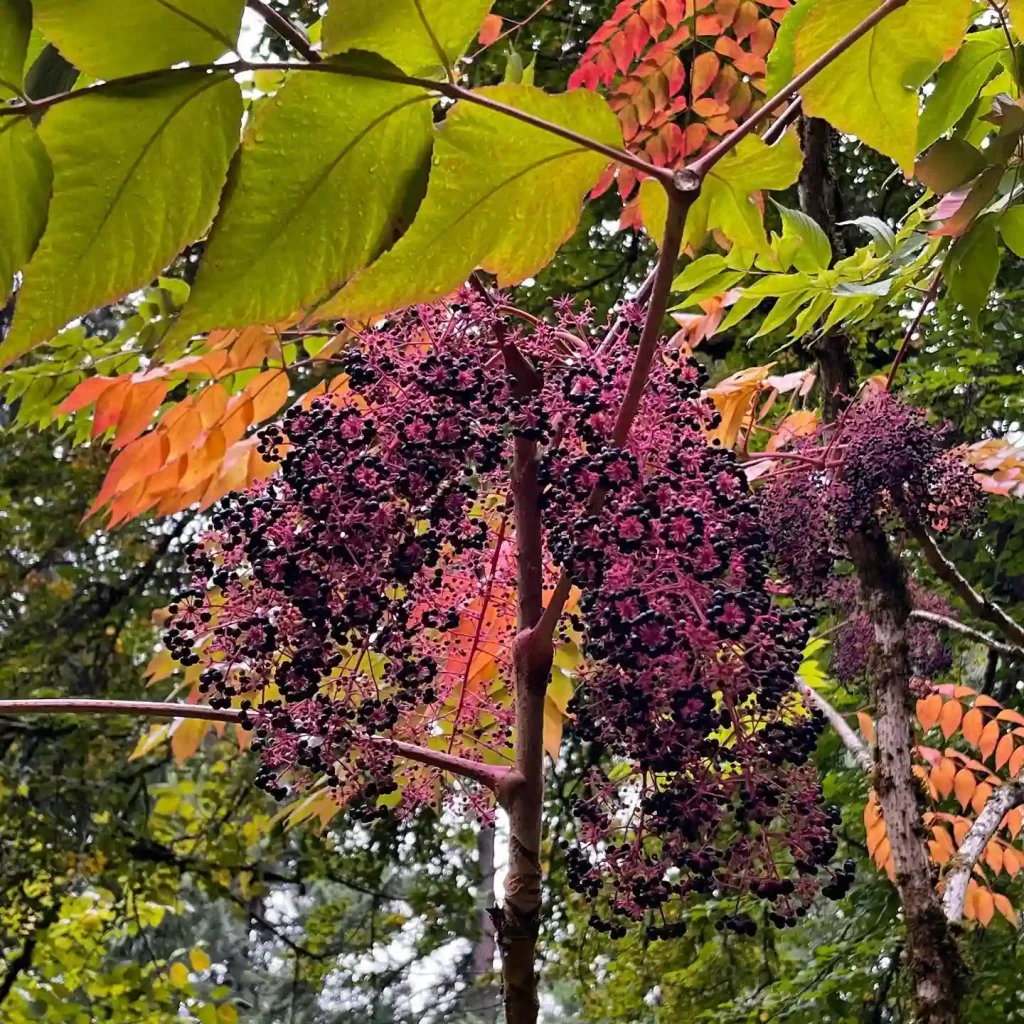Asphodelus: A Personal Journey Through the Realm of the King’s Spear
My name is Ferb Vu, and I’ve always been drawn to the subtle beauty of the natural world. While roses and lilies often steal the spotlight, I find myself captivated by the understated elegance of the Asphodelus genus. These plants, commonly known as asphodels, possess a unique charm that speaks to me on a deeper level. Their historical significance, coupled with their resilience and understated beauty, makes them a fascinating subject for exploration.
Asphodelus are members of the Asphodelaceae family, a group that includes familiar succulents like aloe vera. These hardy perennials are native to temperate regions of Europe, the Mediterranean, Africa, the Middle East, and the Indian Subcontinent. They’ve even naturalized in parts of the world like New Zealand, Australia, Mexico, and the southwestern United States.
Delving into the Depths of Asphodelus
What strikes me most about asphodels is their historical connection to mythology and literature. In Greek mythology, they were associated with the underworld, often depicted carpeting the Asphodel Meadows, a realm inhabited by the shades of the dead. Homer, in his epic poem The Odyssey, describes these meadows as a place where souls wander aimlessly. This association with the afterlife lends an air of mystery and intrigue to these plants.
Beyond their mythological connections, asphodels have also been mentioned in works by renowned poets like William Wordsworth and Alfred Lord Tennyson. Their presence in literature further solidifies their enduring appeal and cultural significance.
But asphodels are more than just symbols of the underworld. Their physical characteristics are equally captivating. They typically feature thick, fleshy roots, and long, narrow, basal leaves that resemble those of grasses. Their flowers, borne on tall, slender stems, are typically white or yellow, sometimes with pink or reddish hues. These delicate blooms, with their six petals and prominent stamens, exude a simple yet captivating beauty.
A Diverse Genus
The Asphodelus genus encompasses a diverse array of species, each with its own unique characteristics:
- Asphodelus aestivus: Also known as summer asphodel, this species is common in the Mediterranean region and is characterized by its tall stems and white flowers with reddish-brown veins.
- Asphodelus albus: White asphodel, as it’s commonly known, is native to the western Mediterranean and features striking white flowers with a central brown stripe.
- Asphodelus fistulosus: This species, known as onionweed or hollow-stemmed asphodel, is characterized by its hollow stems and small, white or pink flowers. It’s considered an invasive species in some regions.
- Asphodelus ramosus: Often referred to as branched asphodel, this species is known for its branched stems and white flowers with pink veins. It’s one of the most widespread species in the genus.
- Asphodelus acaulis Desf.
- Asphodelus ayardii Jahand. & Maire
- Asphodelus bakeri Breistr.
- Asphodelus bento-rainhae P.Silva
- Asphodelus cerasiferus J.Gay
- Asphodelus gracilis Braun-Blanq. & Maire
- Asphodelus lusitanicus Cout.
- Asphodelus macrocarpus Parl.
- Asphodelus mariolousae Rivas Mart., J.C.Costa & Maria C.Duarte
- Asphodelus refractus Boiss.
- Asphodelus roseus Humbert & Maire
- Asphodelus serotinus Wolley-Dod
- Asphodelus tenuifolius Cav.
- Asphodelus viscidulus Boiss.
More Than Just a Pretty Face
Asphodels have also played a practical role in human history. In ancient times, their starchy roots were used as a source of food, and they were even believed to have medicinal properties. Today, some species are cultivated as ornamentals, adding a touch of understated elegance to gardens and landscapes.
A Personal Connection
My fascination with asphodels stems from their ability to thrive in harsh conditions. Their resilience in the face of adversity serves as a constant source of inspiration. Their understated beauty, often overlooked in favor of more showy blooms, speaks to my appreciation for the subtle nuances of the natural world.
As I continue to explore the world of Asphodelus, I am constantly amazed by their adaptability, their historical significance, and their understated elegance. These plants, often associated with death and the underworld, represent resilience, survival, and a quiet beauty that speaks volumes. They serve as a reminder that beauty can be found in the most unexpected places, and that even in the face of adversity, life finds a way to persist.
If i die, water my plants!



